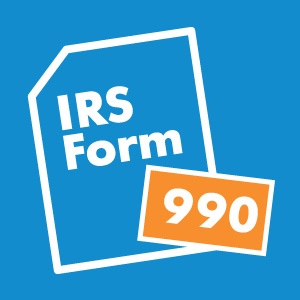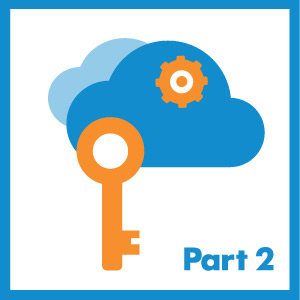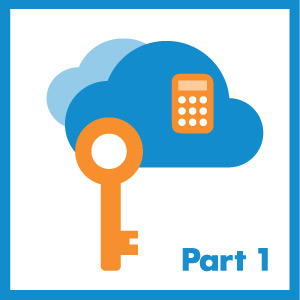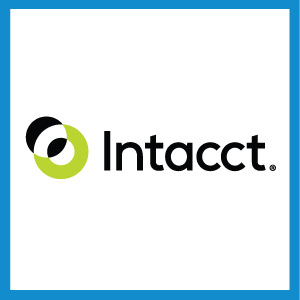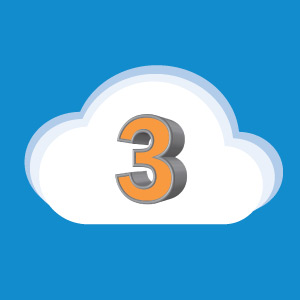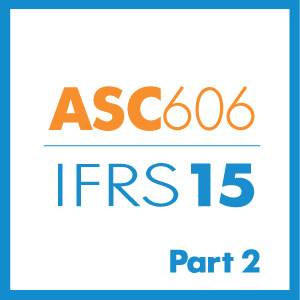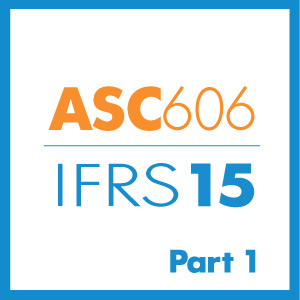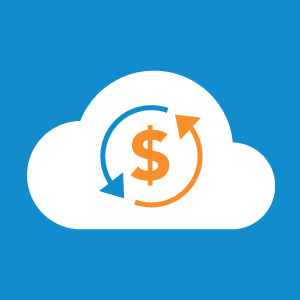IRS Form 990: What Nonprofits Need to Know
For nonprofits who follow a January 1-December 31 calendar, one of the most important dates of the year is coming up: Form 990 filing day. Just as March 15 for corporations and April 15 for individuals, May 15 holds a great deal of importance for tax-exempt organizations, nonexempt charitable trusts, and section 527 political organizations who have to file this form to provide the IRS with the information required by section 6033.
Used by the government to determine whether you can retain tax exempt status for the year and charity evaluation organizations who determine if donor money is being used properly. As the date rapidly approaches, it’s important to have your house in order so as to avoid any kind of last-minute issues or crunches that could pop up if you wait.
Why You Need to File Your Form 990
If you’ve been operating for a while, it’s likely you know why it’s so important to file a Form 990—providing the public with information about your financials so that possible donors know your funding sources and so that you can prove that their money is going toward your mission. It’s also important so that you can keep your tax exempt status—failure to file for three years in a row means automatic revocation of tax exempt status.
According to Cullinane Law Group, since 2011, more than 500,000 nonprofits across the country automatically lost their tax-exempt status for this reason. Additionally, the IRS has no appeal process for automatic revocations due to failure to file an appropriate Form 990 for three years. Without this status, your organization could be subject to paying income taxes. Additionally, you can avoid paying user fees and filing additional documents with the IRS by submitting your Form 990 each and every year.
Different Variants of Form 990
Depending on your size and organizational focus, there are three variants in addition to traditional Form 990: 990-EZ, 990-N (e-Postcard), and 990-PF.
- Form 990-N (e-Postcard): For organizations with gross receipts normally under $50,000, this is the easy way to satisfy reporting requirements. There are only eight things to file, and can be done in minutes. For more information, click here.
- Form 990-EZ: For organizations ranging from $50,000 to $200,000, and Total Assets less than $500,000, Form 990-EZ is the short version of Form 990. Consisting of six parts and four pages, 990-EZ instructions can be found here, and the form can be found here.
- Form 990: For organizations whose gross receipts exceed $200,000 or total assets equal or exceed $500,000, Form 990 is the traditional form, consisting of twelve parts on twelve pages. Additional schedules may need to be filed for both 990 and 990-EZ.
- Form 990-PF (Private Foundations): For Private Foundations who need to report all grants, trustees, officers, and more, they need to file a Form 990-PF. Foundation Center shares an interesting article, Demystifying the 990-PF.
Schedules for 990-EZ, 990, and 990-PF
Additionally, those filing a Form 990 may need to complete additional Schedules in order to communicate their funding and status, listed below:
Public Charity Status and Public Support (Schedule A), Schedule of Contributors (Schedule B), Political Campaign and Lobbying Activities (Schedule C), Supplemental Financial Statements (Schedule D), Schools (Schedule E), Statement of Activities Outside the United States (Schedule F), Supplemental Information Regarding Fundraising or Gaming Activities (Schedule G), Hospitals (Schedule H), Grants and Other Assistance to Organizations, Governments, and Individuals in the United States (Schedule I), Compensation Information (Schedule J), Supplemental Information on Tax-Exempt Bonds (Schedule K), Transactions With Interested Persons (Schedule L), Noncash Contributions (Schedule M), Liquidation, Termination, Dissolution, or Significant Disposition of Assets (Schedule N), Supplemental Information to Form 990 (Schedule O), Related Organizations and Unrelated Partnerships (Schedule R).
Companies Exempt from Filing Form 990
Not all nonprofits have to file annual returns. Generally, the following do not have to file Form 990:
- Most faith-based organizations, religious schools, missions or missionary organizations
- Subsidiaries of other nonprofits – those that may be covered under a group return filed by the parent organization
- Many government corporations
- State institutions that provide essential services.
The Form 990 is Necessary and Important
Much like a 10-K for publicly traded organizations and their potential investors, Form 990 will be seen by the public. However, your organization relies on donations, volunteers, and grants, so making sure the form is accurate, that overhead is minimized, and that you can prove yourself as a viable mission-focused organization can be the difference between growth and collapse.
For many nonprofits, using spreadsheets and hope is not a strategy that can lead to high ratings. With spreadsheets and other manual financial processes so error prone, they could be forcing your organization to hire additional accounting professionals or worse, putting you at risk for audits.
Our friends at Intacct recently presented an on-demand webinar on strengthening accountability and preparing for the precipice of an audit. Learn more about how you can improve reporting, accuracy, and your ability to remain compliant by watching the webinar, Strengthening Nonprofit Accountability through Audit-Ready Financials, or by reading The Nonprofit CFO’s Survival Guide: A Mini “Field Manual”
Learn more about Intacct for Nonprofits and how rinehimerbaker can help you implement it for success in future years as it grows with you.

